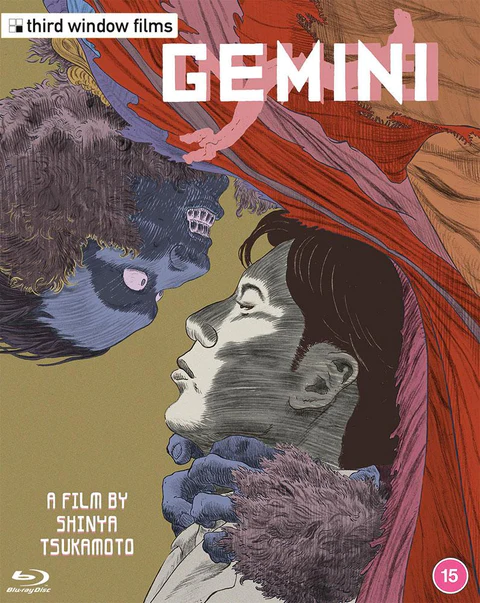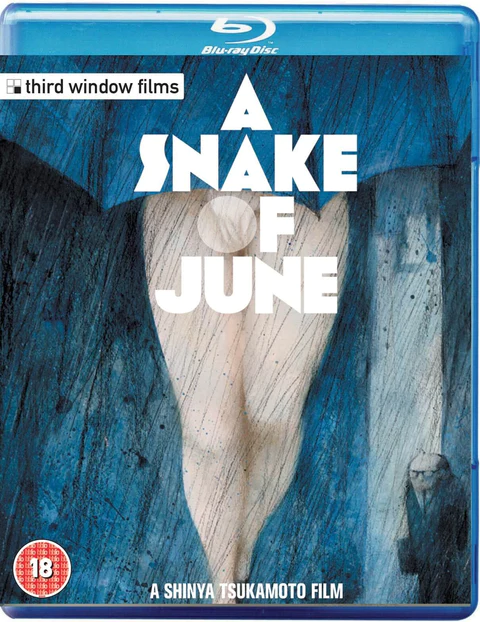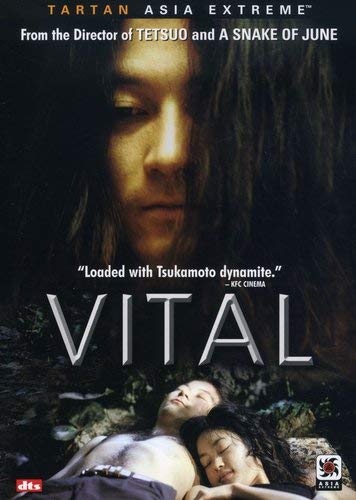Shinya Tsukamoto has always been, to many, a man hidden behind the scenes. When thinking of experimentation within the Japanese pulp titles from the 90s and 2000s, it is likely that a figure such as Takashi Miike or Kinji Fukusaku would come to mind for the average viewer, and Shinya Tsukamoto might simply be referred to as “the guy who made Tetsuo: The Iron Man.” Yet as time goes on, Tsukamoto is slowly becoming more respected and recognized as a pioneer in the 90s and 2000s Japanese experimental pulp genre: A title which he certainly deserves. And so, now feels like a more-than-appropriate time to take a look at Tsukamoto's most thought-inspiring (yet highly-overlooked) masterpieces. This list will look at Tsukamoto's various overlooked contributions to the Japanese avant-garde film industry, from the beginning of his career to the current moment.
1. The Adventures of Denchu-Kozo (1987)

Many might be under the impression that Tsukamoto's groundbreaking title ‘Tetsuo: The Iron Man' was his very first film, but only two years earlier marked the release of ‘The Adventures of Denchu-Kozo.' Despite being under 50 minutes in length, the movie moves in every direction at once: From time travel to gang violence and freedom fighters, there's certainly a takeaway in this film for everyone. Its story follows the perspective of a high school student named Hikaru, who was born with an unusual deformity: A large metal rod (named a ‘denchu' in Japanese) is growing out of his back. For the sake of survival, Hikaru manipulates his deformity so that it can act as a tool of aggression—those who appreciated the body horror aspects in ‘Tetsuo: The Iron Man' will be pleased to see the interlinkages in this shorter but equally satisfying contribution from the filmmaker from earlier in his career. Alongside ‘The Phantom of Regular Size,' this film effectively serves as a thematic precursor to Tsukamoto's ‘Tetsuo' series.
Buy This Title
on Terracotta by clicking on the image below
2. Tokyo Fist (1995)

If there's a Tsukamoto movie which does not sit still for a single second of its length, this is certainly the one. ‘Tokyo Fist' begins with intense techno music pulsations and Tsukamoto's signature style using a staggered frame rate to convey movement and intensity. The film follows Shinya Tsukamoto in the leading role as Tsuda, an insurance salesman who lives in a small apartment with his girlfriend. Tired of his daily routine, Tsuda begins taking courses at a local boxing gym where he reencounters an old friend from school named Kojima (played by the director's brother, Koji Tsukamoto). Soon, Tsuda's daily routine becomes disrupted as his old highschool friend begins visibly flirting with his girlfriend, who seems to appreciate it. A meditation on lust, male fragility and revenge, ‘Tokyo Fist' is filled with intensity all-throughout and also expands upon themes present in the director's earlier works, such as post-industrial culture and modernity's obsession with physical optimization.
Buy This Title
on Terracotta by clicking on the image below
3. Gemini (1999)
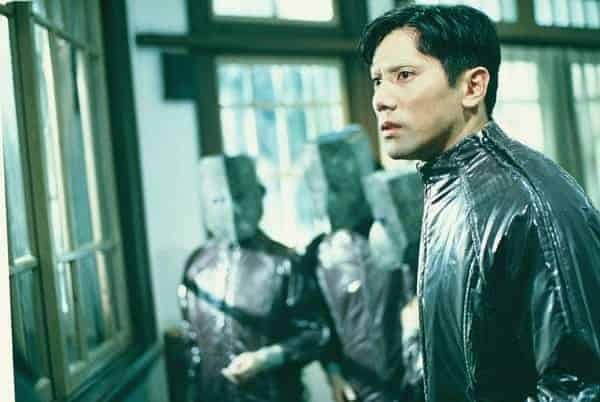
‘Gemini' is likely the closest thing viewers will ever get to a Tsukamoto arthouse film. Throwing away his typical techno-industrial aesthetic, the director instead opts for something more archaic in this Meiji era story based on a written work of the same title by Japanese author Edogawa Ranpo. The story revolves around Yukio Daitokuji, a famous doctor who was decorated for his services during the war and has now succeeded his father in his medical practice, amassing fame for both his past deeds and his present. But amidst tension with his parents who do not approve of his marriage and a weird smell which slowly begins to permeate his house, Yukio is launched into a journey of chaos and delirium. Although ‘Gemini' marked a bit of a turn from Tsukamoto's iconic cyberpunk style, many of the themes in the film remain the same. Despite being highly overlooked upon its release, ‘Gemini' proved how Tsukamoto could seamlessly navigate between genres while still standing out amongst other J-horror titles with his own distinct creation.
Buy This Title
on Terracotta
4. Snake of June (2002)
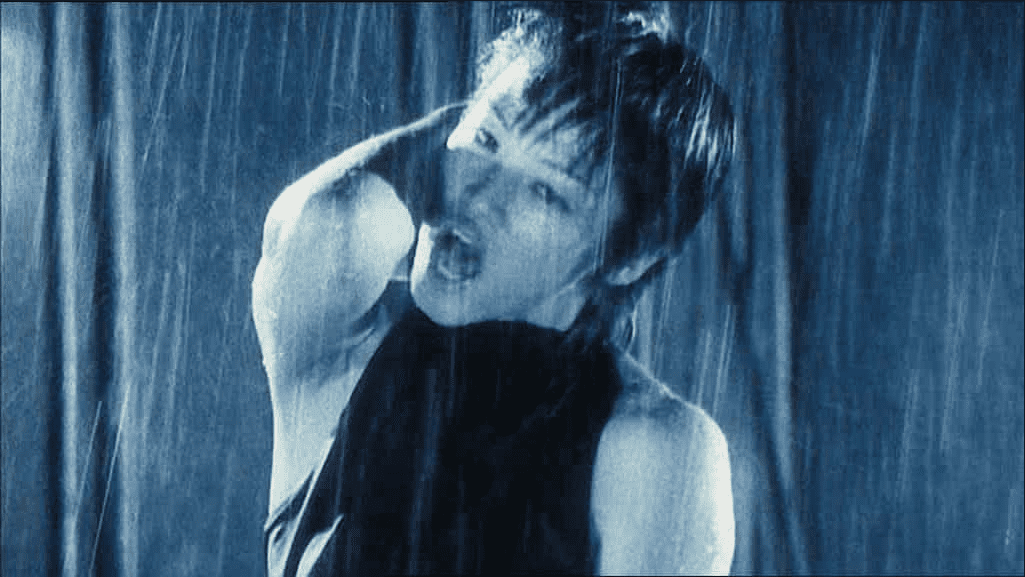
Seeing as Tsukamoto's earlier works all deal with the human body, it only made sense that at a certain point he would hone-in on sexuality as the primary theme for one of his films. ‘A Snake of June' is just that: Although the movie took the director longer than expected to produce, it had a great payoff as a dark-yet-contemplative exploration of love, lust, sexuality and the human body. The film's protagonist is Rinko, a woman with an ostensibly great life working as a part-time telephone counselor and living in a luxurious home with her husband. Everything changes one day when Rinko receives a set of voyeuristic photographs showing her in very intimate moments within the comforts of her own home. Viewers soon find out that her stalker, played by Shinya Tsukamoto himself, is a former client of Rinko's who she convinced not to commit suicide. This man has somehow tasked himself with the goal of ‘saving her life,' starting with exploring what her true desire is. In order to get to the negatives of the embarrassing pictures, he blackmails Rinko into giving in to her desire, not just privately but in public as well. An uncomfortable yet thought-provoking journey of sexual liberation, ‘A Snake of June' is bound to sit in the minds (and the stomachs) of its viewers for a very long time.
Buy This Title
on Terracotta
5. Vital (2004)

When someone says the name Shinya Tsukamoto, many different words come to mind. ‘Creepy,' might be one. ‘Weird' might be another. However, very rarely will someone associate the word ‘beautiful' with Tsukamoto's work. ‘Vital' might be the one exception. This blend of romance and horror tells the story of Hiroshi Takagi immediately after a devastating car crash that has erased his memory and taken the life of his girlfriend. During the recovery process, Takagi happens to stumble across an anatomy textbook in his closet and remembers his pre-accident studies. Takagi decides to enroll in medical school, during which he is tasked with dissecting cadavers. There is one cadaver in particular that he begins obsessing over, and the more he works on dissecting it, the more his memories come back to haunt him. Like all other Shinya Tsukamoto movies, ‘Vital' is not for the faint of heart. But unlike most of his other titles, there is an eerie, mesmerizing beauty to this film which is bound to captivate seasoned Tsukamoto fans and new viewers alike. For most, it might be hard to realize how strange ‘Vital' is until first overcoming how hauntingly touching it is.
Buy This Title
on Terracotta
6. Killing (2018)

As a Japanese filmmaker, it must be a difficult task to try and bring something novel and interesting to the samurai genre in the 21st century. Yet Shinya Tsukamoto rises up to the challenge with ‘Killing' and, for the most part, succeeds. Set during the chaotic mid-19th century Edo period of Japan, this film tells the story of a masterless samurai named Ikematsu Sosuke as he wanders through the countryside preparing for violence, destruction and any other threats which might come his way. He soon stumbles upon a mysterious elder (played by Shinya Tsukamoto himself) who promises to show him the way of the samurai, but the elder's intentions may not be what they seem. At once a grim psychological horror and an action-packed samurai adventure, ‘Killing' further proves how a directorial maestro such as Shinya Tsukamoto and dip his toes into just about any film genre and turn all their conventions upside down.



